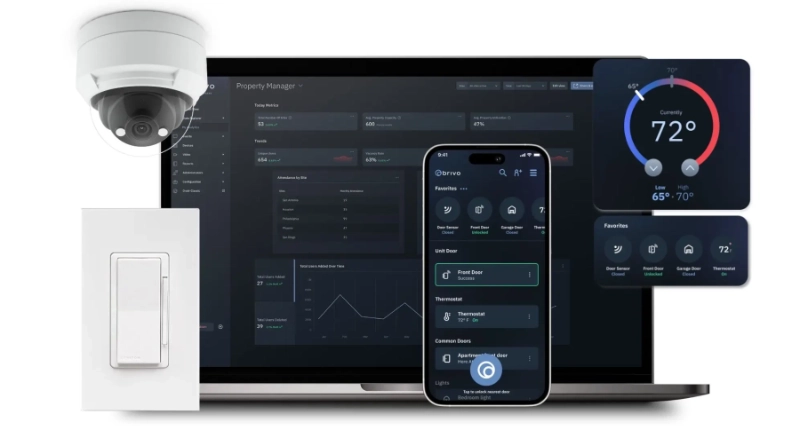A series of TV commercials depict “meet-cutes,” in which someone eating a chocolate bar collides with a person snacking on a tub of peanut butter. One indignantly cries, “You got chocolate in my peanut butter,” while the other protests, “You got peanut butter on my chocolate.” They each sample the new combination, pronounce themselves delighted, and Reese’s Peanut Butter Cups are born.
The ads are incredibly effective because many people remember them almost 50 years later. They upend expectations of what can be combined to create something better than the sum of its parts.
No one will confuse security with candy or systems integration with a meet-cute. Still, facility managers should consider combining access control with video, to experience a new security sensation for their trouble.
The benefits are far more substantial and salutary than satisfying a sweet tooth. Separately, access control and video are vital tools in the security arsenal. But keeping them apart or only partially integrated deprives facility and security managers of invaluable data, insights, and trends.
Access control delivers information on facility and space usage, traffic patterns, user behavior, and resource deployment. Video feeds provide data on hotspots, dwell time, process compliance, and types of user behavior not captured by access control. Blending the two systems turbocharges security and breeds efficiencies that provide tangible value.
Some organizations even overlook the power of video entirely, assuming that it is unnecessary or too costly and complicated, or they remain with analog video. Analog video is to advanced security methods and insights as hunting and pecking on a typewriter is to deep data analysis.
Nothing compares to laying eyes on a situation. With access control only, you’re flying partially blind. Video cameras are essential for confirmation, evidence, context, early warning, key clues, and documentation. Nor does video reach its full potential alone.
Performing access control solely via video is inefficient and labor-intensive. An integrated solution captures and documents theft; facilitates investigations through face detection; and encrypts captured, transmitted, and stored data. A cloud-based solution removes the cost and burden of equipment monitoring and maintenance while providing all the power and flexibility of advanced hardware and software.
Integrating access control with video makes sense in all environments, verifying that access holders comply with COVID safety requirements, such as properly wearing an appropriate mask. In office buildings, security or reception staff can ensure that someone isn’t using a stolen or borrowed access credential or tailgating behind an authorized user. In manufacturing facilities, a combined solution makes sure that workers are wearing appropriate safety gear.
Video can be a second verification level of access control at high-security sites via facial detection and confirmation. And rather than just merely counting access events at specific doors, linking video clips to access control events enables you to see exactly which staff, contractors, partners, visitors, and other credential holders are going where and when.
And if two employees—each holding some kind of treat—happen to collide at an access point, an integrated video and access solution can pinpoint the origin of the next candy phenomenon.
Video Value: Connect the Dots Between Access Data and Video Verification













